How mobile has emerged as the centrepiece of a multi-platform experience
Mobile today has emerged as the centrepiece of a multi-platform experience and even players from other media platform have started to adapt to mobile in today’s ecosystem. Hence, we have print players optimising mobile for news dissemination; broadcast media going the app way; and radio exploring streaming options.
Moderated by Sanjay Tripathy, Co-Founder & CEO, Agilio Labs, a panel comprising Pradeep Dwivedi, CEO, Sakal Media Group; Rameet Arora, COO, Hindustan Times Digital Streams; Shouneel Charles, SVP and Digital Head - Times Network Digital; and Tanay Kumar, Co-Founder, CEO & CCO, Fractal Ink, discuss the increasing adoption of mobile as the primary screen at Adgully’s inaugural edition of The Mobile Media Summit.
Sanjay Tripathy commenced the discussions by putting some things in perspective when he pointed out that out of the content used in all the platforms, mobile content consumption now stands at 30 per cent in India, whereas it is about 24 per cent in other countries. He added, “Today, people are spending more than one and a half hours a day on mobile and this mobile content consumption is supported by cheap data providers. Content that was difficult to be put on television is now done on phone. Of these one and a half hours spent on mobile, 1.1 hours is used for consuming entertainment content.”
Joining in the discussions, Sakal Media Group’s Pradeep Dwivedi noted that the growing consumption of content happing on mobile has posed serious concerns for other mediums. He said, “I represent an industry which has for a very long time enjoyed the perks of having a large share of the advertising revenues, but now we have to realise that the needle is shifting to digital, especially in terms of content being consumed on mobile. This is a part of the ecosystem which is not setting for us. It is requires a big shift not only in terms of technology and financial investments, but also in the mindsets of the people.”
“It is fundamentally shifting the way our industry is operated, which is from the supply side. From the demand side, the way advertisers want news outlets, especially the digital news media to engage with the audience, is very different from how they engaged with newspapers in the past,” he added. Dwivedi went on to explain how newspapers have had a clear division of content space and advertisement space, where the content are segregated and do not overlap each other. “In digital news that sort of method doesn’t apply. Sometimes it is difficult to sort out the ad content and news content,” he said.
Seeking the views of another senior executive from the news media industry, Tripathy asked Rameet Arora, “When you are competing with other businesses on digital, how do you build your own business?”
To this, Arora admitted that it was a very big challenge. He added that the shift from newspaper consumption to online consumption was inevitable, but people might not necessarily switch brands. “The online brand is a living organism on its own, so there ought to be some good things coming across. You need to be able to personalise your news and look beyond print media. Even if it is the online extension of the Hindustan Times brand, it needs to develop its own TG, content and so on. It is a completely new world,” he added.
There are 3-4 things that define the digital world. One of them is a very high level of personalisation. Second one is video production. The third one is the regional languages, while the fourth one is the content production which needs to be done on time.
To Tripathy’s question on how a business with news background really looked forward to digital, Shouneel Charles mentioned that of Times Network didn’t have a digital platform a year back, but they approached large internet companies and their interactions were digital, but they still were a news channel. “It was a wake-up call and we had to set up our work faster,” he added.
Charles further shared how it was a completely new and different audience to deal with, which also involved the high ledge out of a brand. This was constructed along with a decade full of credibility. He further said being a news publishing model, Times Network has everything to do with people. While the business of TV will continue, the concept of addressing the new audience is changing. “At some level it is good to be joined at the hip and so we are transitioning together. Times Network has become Times Digital Network and it is a very interesting phase,” Charles said.
At this juncture in the discussions, Tripathy brought up the relevant topic of fake news, as he mentioned that a lot of the digital news consumption is through Facebook and forwarded content. He asked the panellists, “How can the digital industry create trust for the news genre or the entertainment genre for that matter?
Tanay Kumar responded by pointing out that a mobile phone is the hardware part of it. It is the content that drives this space. Another factor is the audience that one is catering to. “The talk is about the shift and change while we’re trying to getting along with these new concepts. The question is how can we transition it into mobile? The new generation, which is growing up with mobile, sees it as their only permanent screen. Mobile has put a screen on every hand. It has also given the power to everyone to create and upload content. Previously, the editor used to edit the content with a specific agenda. But we are now trying to become more personalised in our content delivery. Today, we don’t want random news on Facebook, we want to see what our friends are doing. Similarly, on any other platform we’ll want to watch what our friends are watching or the people with same taste are watching. Brand doesn’t matter, we as audience try to personalise with all brands to see what they offer,” Kumar added.
He further said that previous experiences in the business would not work here, and hence, the industry needs to take this as a completely new challenge. “Mobile is the centrepiece because it is guiding all the behaviour around us. During the time of laptop and televisions, it was different. Today, we spend an average of 46 hours on mobile, we cannot let that device go. This has changed our lives completely. So, how can we carry all the experience and transition it? It cannot happen; that’s just where transition is not possible,” Kumar emphasised.
Mobile has also led to the rapid growth of the OTT sector. Tripathy wondered whether other mediums such as print, TV, etc., need to change with the addition of this platform in media.
According to the panellists, it’s not just the way content is consumed that has changed. They noted that there is very limited loyalty today, which has made the job of content owners all the more challenging. A lot of content is found in search and on social media, but content creators have to produce for all these algorithms in order for them to show up in the social spectrum.”We need to give what the viewers want to see as we live in an aura of choice,” they said.
Here Rameet Arora spoke about the learnings that Netflix’s success in India in 2018 provide. According to him, the OTT during the year just gome by, the OTT platform has invested in content very aggressively and people were ready to pay for that content. Quality of content, recommendations and renewing subscriptions signify loyalty. “Personalised content is the key as it is all about people’s choice here. The world is changing rapidly,” he noted.
He further said, “A common lesson is that you’ll always get a proportion of the audience not the complete set of audience. Publishers looking at getting the larger share of the market need to look at the content aggregators.”




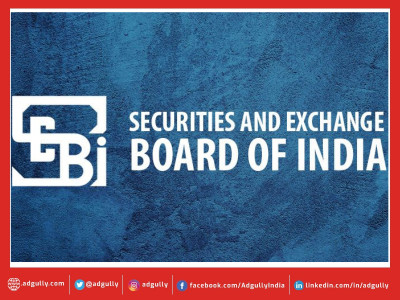
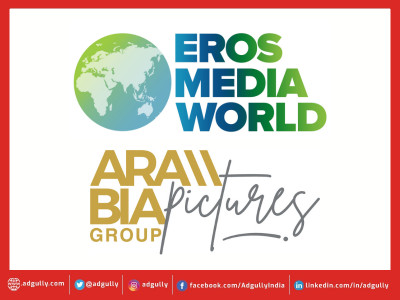
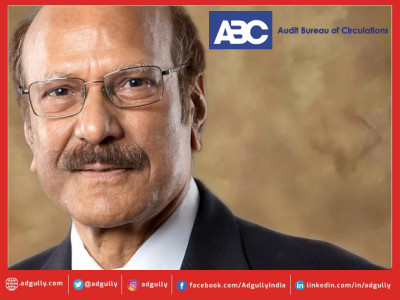
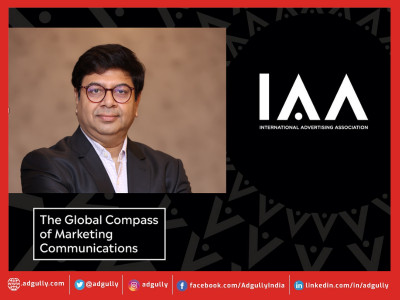
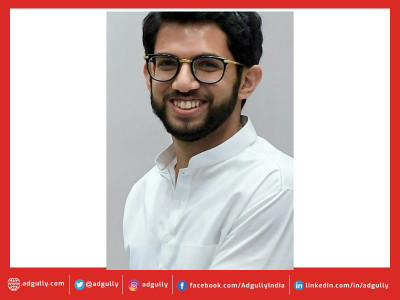
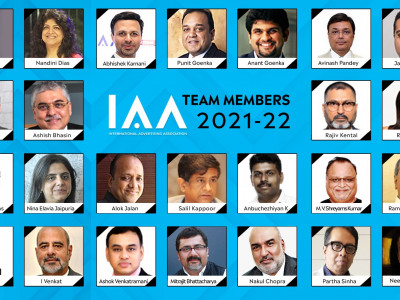
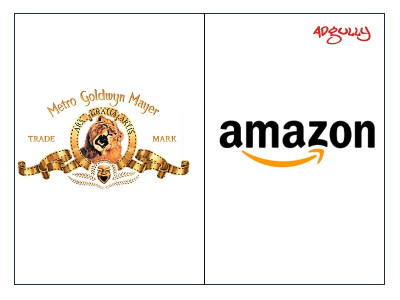
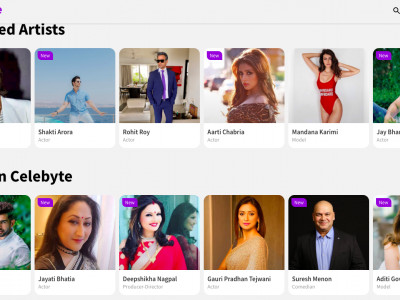

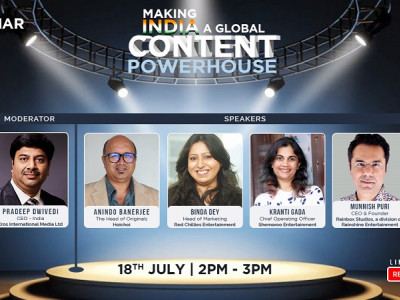


Share
Facebook
YouTube
Tweet
Twitter
LinkedIn